Abstract
Содержание
- Introduction
- 1 General characteristic of work
- 1.1 Actuality of the topic
- 1.2 Purposes and objectives of the study
- 1.3 Object, subject matter and methods of researches
- 2 Influence dump collieries on an organism of the person
- 3 The characteristic of burnt breeds
- 4 The basic researches and results
- Conclusions
- List of used sources
Introduction
For Donetsk area and, in particular for city of Donetsk, as of today the problem of the reference with firm industrial wastes is most ecologically and economically actual.
In territory of Donetsk 128 waste heaps [1] among which 48 burning and 80 not burning pedigree dump, engaging the area about 1000 hectares (1,86 %), and in view of sanitary-protective zone (500 m) losses of the area of free territories significantly are more are located.
The coal industry in branch structure of formation of waste [2] borrows 1 seat (fig. 1).
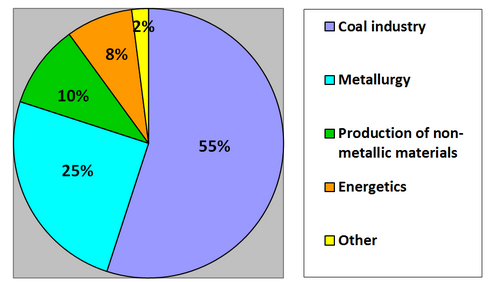
Figure 1 — Branch structure of industrial wastes
Negative consequences of [3] all technological processes are not only loss of lands, but also violation of natural landscapes of a terrestrial surface, pollution of the atmosphere solid and gaseous impurity, reservoirs — slurry waters and, besides, many dumps, constantly increasing the area of the basis, break the sizes of a standard sanitary protection zone (fig. 2). Besides waste heaps constitute ecological danger of influence on animal and flora, and the most important — on residents.
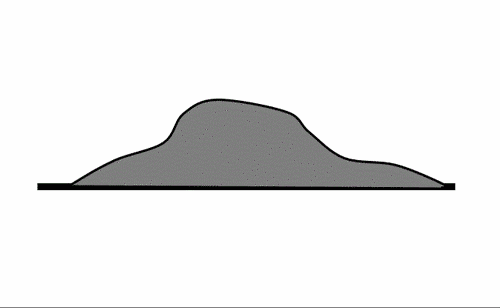
Figure 2 — Dump, as a source of pollution
(Animation: 8 frames, 6 cycles of repetition, 69 kilobytes)
1 A general characteristic of work
1.1 Actuality of the topic
The situation, which was formed with the waste in he region, is currently unfavorable environmental terms. Dynamics of statistical indicators clearly shows that to change the situation requires serious legislative, regulatory and institutional arrangements, as well as program-targeted financial investment.
For the Donetsk region is characterized by the virtual absence of production facilities for processing and to ensure the safe storage of waste. Therefore, one of the most promising areas should be considered as a reorientation of the entire industrial complex in less material technology, accompanied by a decrease in the volume of waste, and implement ways of their processing and disposal, as well as the use of secondary resources. The same applies to the coal mining industry.
Relevance of the topic is to choose the best methods of recycling burnt breeds as a secondary raw material in the production of building materials, for example, mine Glubokayа
and as a result reduce the negative impact on the environment.
1.2 Purposes and objectives of the study
The purpose of research is to study the feasibility of using burnt breeds as a raw material in the manufacture o building materials.
To achieve this goal it is necessary:
- To analyze the current situation in the Donetsk region in the field of waste management mining and mineral processing industries.
- Identify the main qualitative and quantitative characteristics of the waste dumps in the region.
- Perform a literature review of the possibilities of using burnt breeds as a secondary raw material.
- Explore the characteristics of the samples of concrete mixtures, in which instead of natural ingredients used burnt breeds mine
Glubokayа
. - To carry out ecological and economic assessment of the results and offer the best conditions of the process of disposal.
1.3 Object, subject matter and methods of researches
The object of the study is burnt breeds burning waste heaps of mine Glubokayа
.
Subject of research: economic evaluation to reduce the negative impact of burning waste heaps on state of the environment as a result of their use as secondary resources.
Methods of researches:
- analysis and processing of statistical data about the negative impact of industrial waste mining and mineral processing industries on the environment;
- overview of the status and methods of disposal coal-waste and the effectiveness of the industrial complex of measures in the program of socio-economic development of the city of Donetsk to 2015;
- experimental study of the composition of physical and mechanical properties of the samples of concrete mixtures with different content of burnt breeds;
- experimental studies of the effect of frost and external weather conditions on the physico-mechanical properties of selected samples of optimal compositions;
- processing of the experimental data of physical and mechanical properties of the samples by regression analysis;
- development of recommendations effective use of burnt breeds dumps as part of the production of concrete mixes.
2 Influence dump collieries on an organism of the person
Dumps of all ages have an impact on living organisms and adversely affect human health. Toxic effects of heavy metals cadmium, nickel, zinc, copper, lead, affect people's health. They affect the central nervous system, disrupting the operation of the kidneys, liver, blood formula change.
The main pollutants of burnt breeds is ugleporodnom dust that spreads over long distances and, settling, reduces soil fertility, as well as having a negative impact on public health.
As a consequence of the cumulative properties accumulate in the human body dust gradually lead to certain changes and, as a result, to occupational diseases.
The negative affected skin, mucous parts of the body, digestive tract and respiratory system. Most often, for example, in the lungs there are various types of pneumoconiosis. Depending on the concentrations of toxic elements in dust when hit in the respiratory system along with cough, shortness of breath, bronchitis, heart failure, cyanosis of the skin, can cause allergic reactions and poisoning.
Thus, the presence of a distinctive man-made landscape
is a significant source of pollution not only on the environment but also the reason that the class of diseases of the upper respiratory tract residents of the Donbass is one of the first places.
According to the legislation, conditions of environmental safety for humans, as the key object is the duty of th state, as a guarantor, providing a safe environment and high health indicators in all sectors of the population [4].
3 Th characteristic of burnt breeds
Burnt breeds are called blown empty mine rock that contains minimal (less than 5 %) amount of carbonaceous impurities and mineral clay-sand portion, when annealed, in varying degrees. These include all varieties of natural fired clay-sand mixtures with different amounts of carbonaceous impurities that are sometimes not fully burnt.
Dump of burnt breeds (heaps of mines) are the most common and cheap raw materials. However, these rocks have a high content of unburned carbon and require careful selection and enrichment. Old and completely burned mine waste often contain heaps of burnt rocks high quality.
The most effective way to reduce the negative impact of waste dumps on the environment is to use them as secondary raw materials.
As shown by data from the literature [5,6], waste dumps on its morphological composition 70–80 % consist of aluminosilicates which, in turn, can be used and are already used in the manufacture of building materials.
Burned breeds are valuable mineral raw materials for the production of building materials. The chemical composition of 30–40 %, they can replace the natural components in the initial mixture. For example, among the options of using breeds mine waste heaps can offer the following [7]:
- selection of alumina to produce aluminum;
- the production of bricks, construction and mosaic tiles, wall panels, stairs, window sills, tiles for roofing, floor tiles, etc.;
- as an aggregate in concrete solutions;
- as a binder based on a mixture of burned rocks, lime and blast-furnace slag;
- the basis of cheap cement bezklinkernyh superfine grinding;
- cheap and effective material for road construction.
A special place in the production of burned rocks occupy fixing сoncreteyls – blocks of different size and weight of the special forms used in the coal industry for lining of mine underground workings. The additive (15–30 %) mill ground burnt rocks provides a concrete salt resistance when exposed to sulfate waters.
Feature burned breeds — high microporosity because of occurrence of the microcracks, samoobzhige and at sufficiently high adsorption activity, so they are good filler for asphalt cement and various mastics.
The larger the list of waste rock areas of coal mining, the higher the chance of a parallel solution of two problems. On the one hand, an environmental aspect associated with the reduction of pollution of all components of environment and, as a result, the environment in Donetsk, while reducing the use of natural resources. On the other hand, it is the socio-economic aspect, which will increase the number of jobs due to the opening of new businesses and reduce the cost of building materials.
Therefore, a comprehensive approach would reshape the coal industry in the low-waste production. Besides burned, which is mined and accumulated in the dumps, it can be effectively used in many other industries, agriculture, and construction.
4 The basic researches and results
The paper presents the results of a study of samples of concrete mixtures with burned burning mine dumps Deep
on such important physical and mechanical characteristics such as strength and frost resistance.
Earlier studies [8] showed that the optimal conditions for producing the samples of concrete mixtures with 75% sand and 25 % of cement (in terms of dry mixture) is the use of 10–20 % water content, wherein the replacement of sand and 20 % to It increases the strength of the rock samples is almost 2 times.
The effect of low temperatures on the cold resistance of concrete mixes was investigated on samples at optimum concentrations of water, and varying the content burned instead of sand.
Mixing concrete for making prototypes made by hand according to the procedure [9]. For further testing of selected tablets without external defects, is saturated with water for 96 hours and determined the magnitude of the compressive strength test pieces (8 pcs.). The remaining samples were subjected to cycles o freeze-thaw
in the baseline method [10] with the number of cycles 25 (F25).
After 15 cycles of freezing conducted an interim control of the appearance of cracks, splits, peeling surface, and after 25 cycles — determined by the strength of tablet compression. The test results obtained are shown in Tables 1–2.
Table 1 — Test results on samples of concrete mixtures with frost Content 10 % water based on the dry mixture

The results obtained for the water content of 10 % (table 1) showed that the samples in which no species are not hardy. Replacing the sand on waste within the 10–30 % translates them into the category of frost-resistant
, with a maximum strength of 10 % corresponds to the content of overburden.
Table 2 — Test results on samples of concrete mixtures with frost Content 20 % water based on the dry mixture
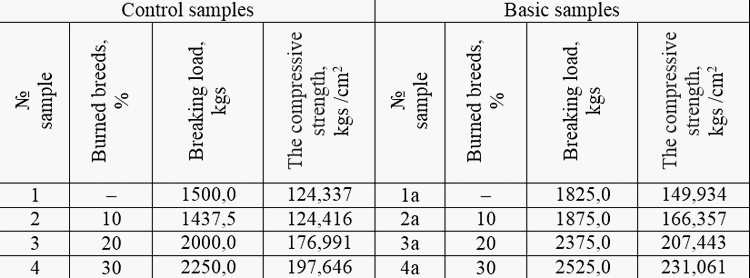
At the same time, with a water content of 20 (table 2), all samples belong to the category hardy
, thus increasing the concentration to 30 % of rock increases strength values 1,6 — fold compared to baseline (0 % breeds).
Experimental measurements of the strength of the cement-breeds samples at optimum water content in the mixtures (10–20 %) are shown graphically in Figures 3–4.
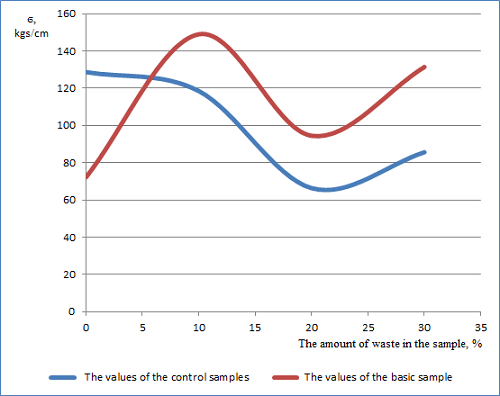
Figure 3 — Dependence of th strength of cement and breeds samples at 10 % water content
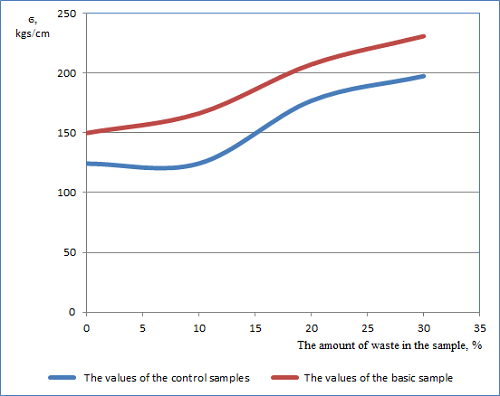
Figure 4 — Dependence of the strength of cement and breeds samples at 20 % water content
Thus, the findings suggest that replacing natural resources (sand) for waste from coal mining and coal preparation improves the physical and mechanical properties of concrete mixtures.
Conclusions
Analysis of published data suggests that the mine dumps have a negative impact on the environment and human, while occupy large areas of fertile land. It is imperative to develop the technology of recycling waste heaps, creating new high-performance processing complexes.
The calculated and experimental values of physical and mechanical strength confirm the need for waste management coal industry not only to produce cheaper and more competitive products, but also the possibility of solving the environmental problems of the region.
The list of used sources
- Статистичний щорічник у Донецькій області за 2011 рік — Донецьк: Головне управління статики у Донецькій області, 2012. — 503 с.
- Земля тревоги нашей. По материалам Доклада о состоянии окружающей природной среды в Донецкой области за 2005–2010 гг. под редакцией С. Третьякова, Г. Аверина, — Донецк, 2010. — 116 с.
- Леонов, П. А. Породные отвалы угольных шахт / П. А. Леонов, Б. А. Сурначев. — М.: Недра, 1970. — 112 с.
- Дробноход, М.І. Концепція переходу України до стійкого екологічно безпечного розвитку / М. І. Дробноход — К.: Інститут відкритої політики, 2002. — 18 с.
- Ганина, Л.И. Перспективы использования отходов горно-обогатительного производства в качестве сырья для строительных материалов. — Апатиты: КНЦ РАН, 2001. – С. 136—138.
- Рыбьев, И.А. Строительное материаловедение: Учебное пособие для строительных спец. вузов. — М.: Высш. шк., 2003. — 701 с.
- Бобович, Б. Б. Переработка промышленных отходов: Учебник для вузов. / Б. Б. Бобович — М.: СП Интермет Инжиниринг, 1999. — 445 с.
- Шейх, А. А. Использование промышленных отходов в качестве вторичного сырья / А. А. Шейх, Л. В. Чайка // Материалы Межвузовской студенческой конференции
Использование современных технологий менеджмента в целях повышения эффективности предприятий
. — Донецк, 2014. — С. 32–35. - ГОСТ 27006-86. Бетоны. Правила подбора состава бетон. — Введ. в действие Постановлением комитета стандартов СССР от 01-01-87. — М.: Издательство стандартов, 1987. — 6 с.
- ГОСТ 10060.1-95. Базовый метод определения морозостойкости. — Введ. в действие Постановлением Минстроя РФ от 01-09-95. — М.: Издательство стандартов, 1995. — 3 с.
